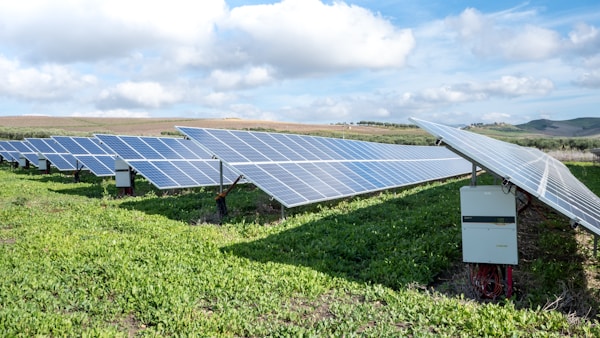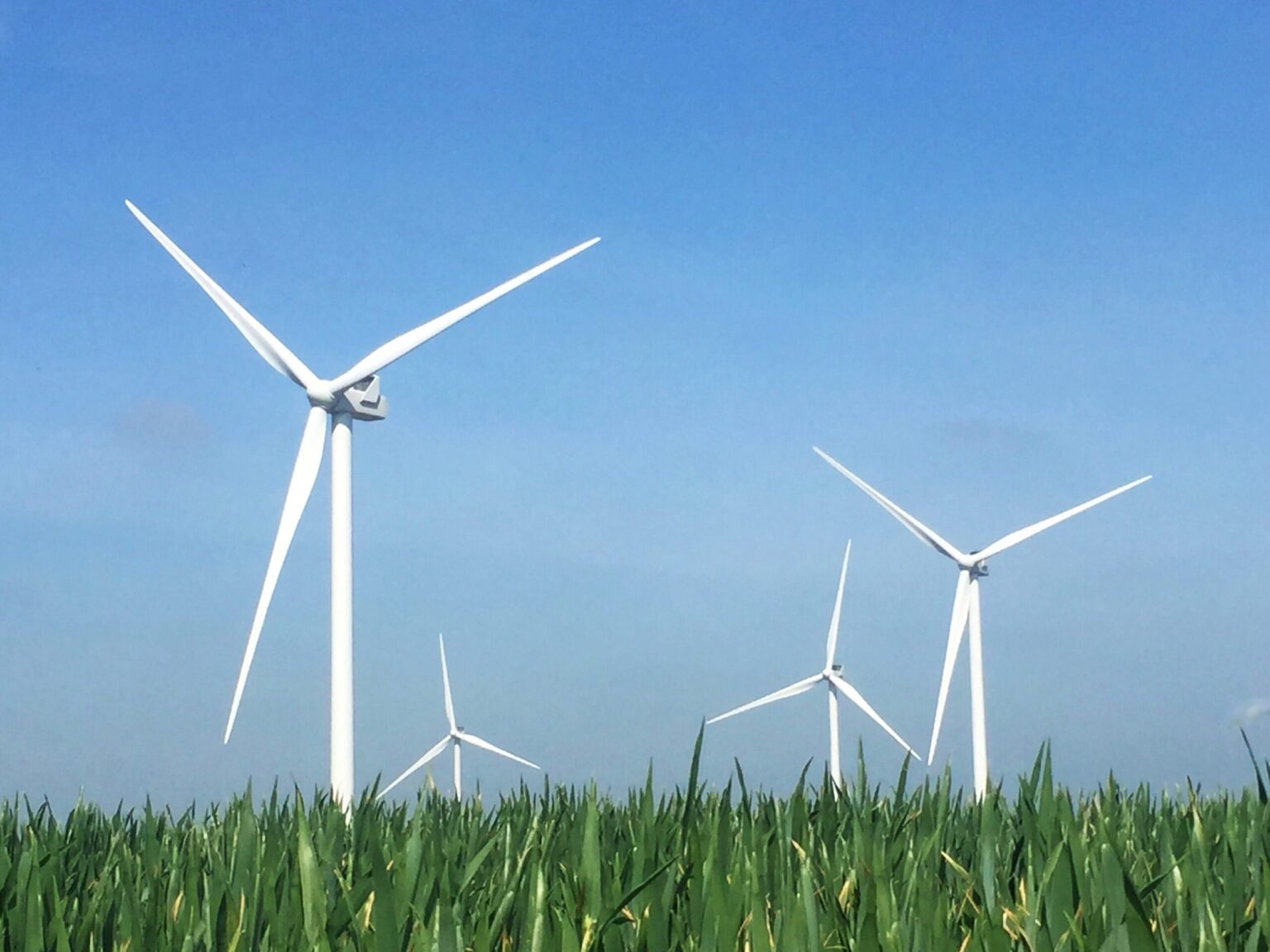With the growing concerns surrounding climate change and its impact on our environment, many people are seeking cleaner, more sustainable ways to power their homes and businesses. One such option is clean electricity, a term that refers to energy generated from renewable sources that do not produce greenhouse gas emissions or significant environmental pollution. But what exactly is clean electricity, and how does it differ from traditional power sources? In this article, we’ll explore the ins and outs of clean energy, discussing its various sources, benefits, and challenges. Keep reading to learn more about this environmentally friendly option for powering our lives.
Understanding Clean Electricity Sources

There are several different sources of clean electricity, each of which is harnessed in unique ways to minimize environmental impacts. These sources include solar power, wind power, hydropower, geothermal energy, and biomass. Solar energy is derived from sunlight and can be harnessed through photovoltaic panels or solar thermal systems, while wind power is generated by converting the kinetic energy of wind turbines into electricity.
Hydropower comes from the movement of water, either through large-scale hydroelectric dams or smaller-scale micro-hydro systems, which capture energy from flowing water without the need for dams or water storage. Geothermal energy is tapped from underground reservoirs of hot water and steam, which can be used directly for heating or converted into electricity. Lastly, biomass refers to organic matter, such as plants and animal waste, that can be burned for energy or converted into biogas through anaerobic digestion.
Each of these sources has its advantages and disadvantages, and the choice of which to use often depends on factors like local resources, infrastructure, and climate. However, all of these sources can provide clean electricity, contributing to reduced greenhouse gas emissions and other environmental benefits. In the quest for cleaner energy options, organizations offer services to help consumers transition to clean energy sources, helping make the switch as seamless as possible.
Benefits of Clean Electricity
There are several significant advantages to using clean electricity over traditional power sources, such as coal or natural gas. Perhaps the most notable benefit is the reduction in greenhouse gas emissions, which contribute to climate change. Clean electricity generation methods produce little to no greenhouse gases or air pollutants, resulting in improved air quality and a reduction in the health risks associated with pollution.
Another crucial benefit is the decrease in dependence on fossil fuels, which are finite resources subject to unpredictable price fluctuations. By investing in clean energy, we can move toward greater energy independence, stability, and security. Additionally, these electricity sources are often decentralized, meaning power generation facilities can be located closer to end-users, reducing transmission losses and improving energy efficiency.
Furthermore, clean energy can contribute to job creation and economic growth. As countries and industries invest in renewable energy infrastructure and technology, new jobs are created in manufacturing, installation, maintenance, and research. These job opportunities often pay higher wages than those in the fossil fuel industries and can help boost economic growth in both developed and developing nations.
Challenges and Future Outlook

Despite its many benefits, clean energy faces challenges that must be addressed as we work towards a more sustainable energy future. These challenges include intermittency issues and the need for infrastructure upgrades. Intermittency refers to the fact renewable energy sources like solar and wind power may not produce electricity continuously, necessitating the need for energy storage or backup power systems.
Installing renewable energy infrastructures requires significant investment. Transitioning to clean energy often requires upgrades to our existing energy infrastructure. This includes modernizing the electrical grid to accommodate a changing energy landscape and investing in technological innovations like smart grids that more efficiently distribute power. While these challenges can be significant, ongoing research and development efforts and a growing societal commitment to sustainability are driving positive changes.
Overall, clean electricity is a crucial component of our efforts to combat climate change, reduce pollution, and promote energy independence. By understanding the various sources of clean energy, recognizing the benefits and challenges associated with its use, and supporting businesses and policies dedicated to advancing renewable energy, we can make meaningful progress toward a more sustainable energy future.


